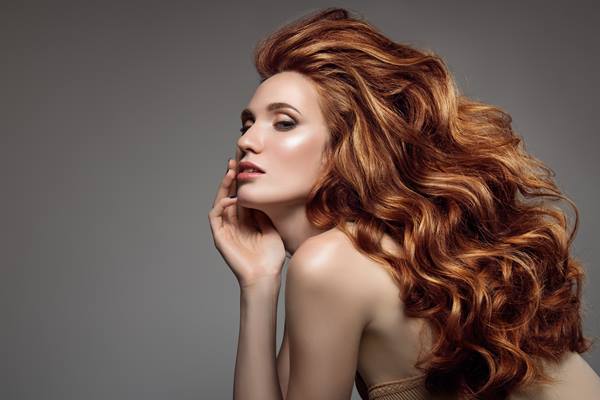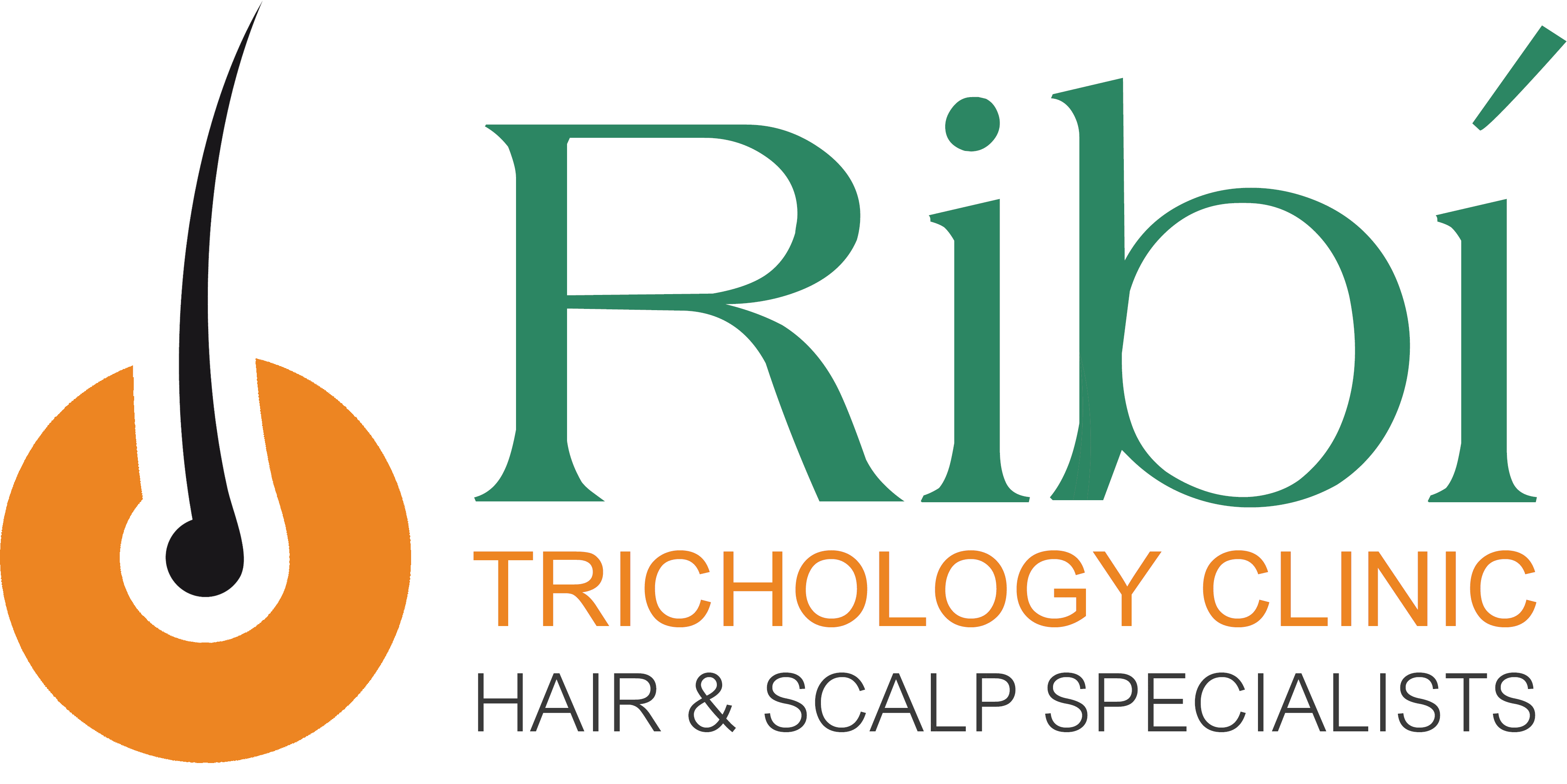
Portrait of woman with long curly beautiful ginger hair.
Among most important aspects of our hair is the appearance of volume. In some cases hair volume may be lacking due to the onset of female pattern baldness, age, serious illnesses, hormonal change or severe dietary deficiencies. On the other hand people with too much volume may look to keep this under control whilst those with overly curly hair like afro hair may also have a problem managing the hair.
We will be focusing on African hair, the type of hair shaft that is different from other types of hair and is common to people originating from sub-Saharan Africa. The afro hair has a distinctive shape; it is very prone to damage by physical and chemical treatments particularly when worn long. It is only about 85% as strong as Indo – European and is more fragile in both wet and dry conditions. As a result of this it is more liable to breakage especially when mistreated.
Management practices and their effects on Afro hair
Most individuals with this hair type adopt different management techniques with the aim of making the hair more manageable but unfortunately most of these techniques have been carried out by unqualified and unprofessional stylists in salons or at home and resulted in more hair scalp damage than good.
In an attempt to manage afro hair, considerable force has to be used in combing it. This results in negative electrostatic charges on the hair that even makes the management more difficult.
Hair management techniques have resulted in both temporary and permanent hair loss (alopecia) leaving most ladies with no choice than to opt for a hair replacement systems (wigs, hair pieces, hair extensions) instead of their own hair. We thank God that there are hair replacement systems that solve the different alopecia seen with afro hair. The question is how many women affected with alopecia or hair loss seek the right advice and the right hair systems to help deal with the situation? If you are reading this article and you have any form of hair loss and you are still doing the same thing (bad practices) that you have been doing without changing then the condition will get worse. It might start off as a temporary hair loss but when it becomes permanent and irreversible not much can be done to reverse the damage caused. It is therefore advisable to seek help and advice from a hair loss specialist and secondly follow the recommended solution that you will be advised.
Afro Scalp and Hair Problems
Most of the scalp conditions that most afro individuals face are due to lack of humidity and hairdressing processes designed to straighten curly hair. The desire of the African lady with a natural curly hair to be led away from the natural to the European straight look has resulted in a lot of traumatic hair loss.
How is one able to identify traumatic hair loss?
When there are irregular areas of breakage and the areas of the scalp affected by either chemical, thermal, physical trauma or a mixture of the three is scarred then there is traumatic hair loss. It is normally seen at the hair margins, the crown or the right hand side of an individual. Hair breakage is usually seen at the point of each chemical overlap close to the scalp. There are also short stumps of broken hair with irregular bald areas.
What are some of the causes of this traumatic hair loss?
The use of chemical relaxers, bleach or Para dyes. Secondly the use of high heat from dryers, tongs and hot combs and finally traction or pulling from the use of tight rollers, blow drying , tight cane rows, Ghana weaves, plaits, extensions, weave on and scratching an itchy scalp due to sensitization from oils put on the scalp following a relaxer are all contributive factors to afro hair loss.
If the hair loss is temporary, there is no scarring meaning the hair follicles are intact and the hair can regrow provided the causative factors are removed. On the other hand if it is permanent traumatic loss that means the hair follicles has been destroyed and the hair cannot grow back apart from hair transplant.
Tight braids or pony tails may set up a continuous, prolonged tension on the hair follicles which may result in inflammation of the hair follicles causing traction follicullitis with a resulting traction alopecia. If the habit is not stopped and it is continued for a period of three to five years, a permanent scarring alopecia may develop and where children are involved then it means scarring may appear in their adolescent years.
Solutions to hair loss dilemma
Traction alopecia can be prevented if all tight pulling of the hair by hair stylists or individuals are avoided when grooming children’s hair or the avoidance of any physical trauma to the hair.
Chemical damage can be avoided if the hair is relaxed in the salon or by a professional who knows what she is about. If the hair is in a bad condition due to chemical treatment, then hair strengthening treatments should be employed to strengthen and repair the damaged hair. The use of right hair care product for specific hair needs should be employed rather buying products because a friend uses that product. Remember that the state of your hair might not be the same as your friends so seek professional advice when it comes to the purchasing of hair care products because cosmetic ingredients perform specific functions.
In conclusion African hair can present a unique and glorious array regardless of the fact that it is difficult to groom, wash and style than straight hair. Unfortunately many straighten it to make it less manageable but this process although makes the hair look beautiful, requires additional care because of the damage caused due to the relaxing process. Therefore give your hair that tender loving care and don’t wait till you lose it before you start taking care of it for that will be too late there will be nothing available to work with.
Written by
The Hair Doctor (HnBC)
0949026753

